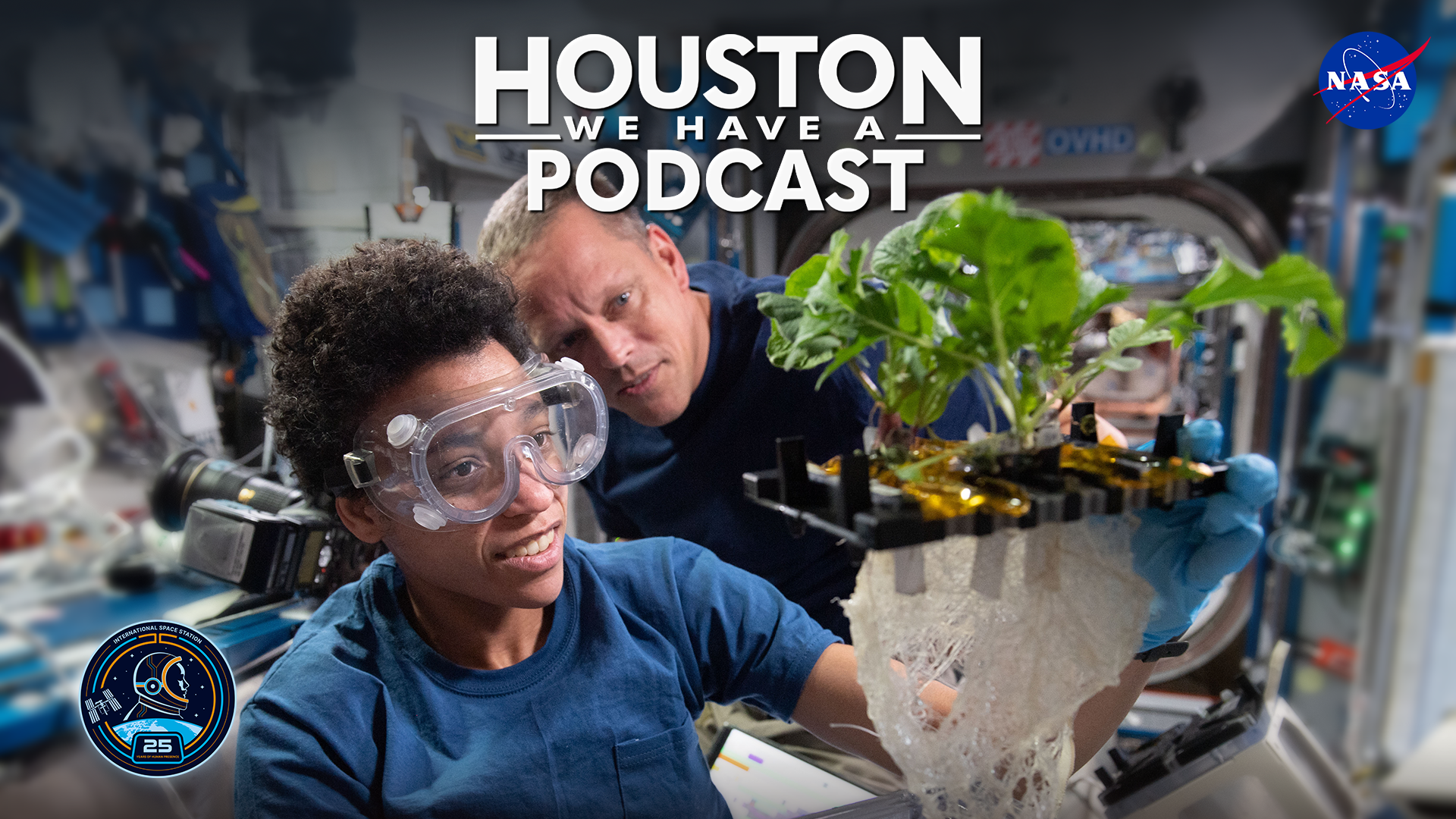Ranger 4
Type
Launch
Target
Objective
What was Ranger 4?
NASA's Ranger 4 was the first U.S. spacecraft to reach another celestial body—the Moon. It was designed to transmit pictures during descent and to rough-land a capsule carrying a seismometer and other instruments. A computer problem prevented it from performing any operations. It impacted the Moon’s far side.
| Nation | United States of America (USA) |
| Objective(s) | Lunar Impact |
| Spacecraft | P-35 |
| Spacecraft Mass | 730 pounds (331.12 kilograms) |
| Mission Design and Management | NASA / JPL |
| Launch Vehicle | Atlas Agena B (Atlas Agena B no. 4 / Atlas D no. 133 / Agena B no. 6004) |
| Launch Date and Time | April 23, 1962 / 20:50 UT |
| Launch Site | Cape Canaveral, Fla. / Launch Complex 12 |
| Scientific Instruments | 1. Vidicon TV Camera 2. Gamma-Ray Spectrometer 3. Radar Altimeter 4. Single-Axis Seismometer |
Firsts
- First U.S. spacecraft to reach another celestial body, in this case, the Moon
Key Dates
April 23, 1962: Launch
April 26, 1962: Impacted the far side of the Moon
In Depth: Ranger 4
NASA's Ranger 4 was the first American spacecraft to reach another celestial body, in this case, the Moon. Like its predecessor, also a Block 2 spacecraft, it was designed to transmit pictures in the final 10 minutes of its descent to the Moon.
The spacecraft was meant to drop a balsa wood capsule (25.6 inches or 65 centimeters in diameter) onto the surface. The capsule carried a seismometer and other instruments.
A power failure in the central computer and sequencer stopped the spacecraft’s master clock, preventing the vehicle from performing any of its planned operations, such as opening its solar panels.
Drifting aimlessly and without any course corrections, Ranger 4 impacted the Moon on its far side at a velocity of about 6,000 miles per hour (9,600 kilometers per hour) at 12:49:53 UT April 26, 1962. Impact coordinates were 15.5 degrees south latitude and 229.3 degrees east longitude.
Although the spacecraft did not achieve its primary objective, the Atlas Agena-Ranger combination performed without fault for the first time.
Key Source
Siddiqi, Asif A. Beyond Earth: A Chronicle of Deep Space Exploration, 1958-2016. NASA History Program Office, 2018.




































